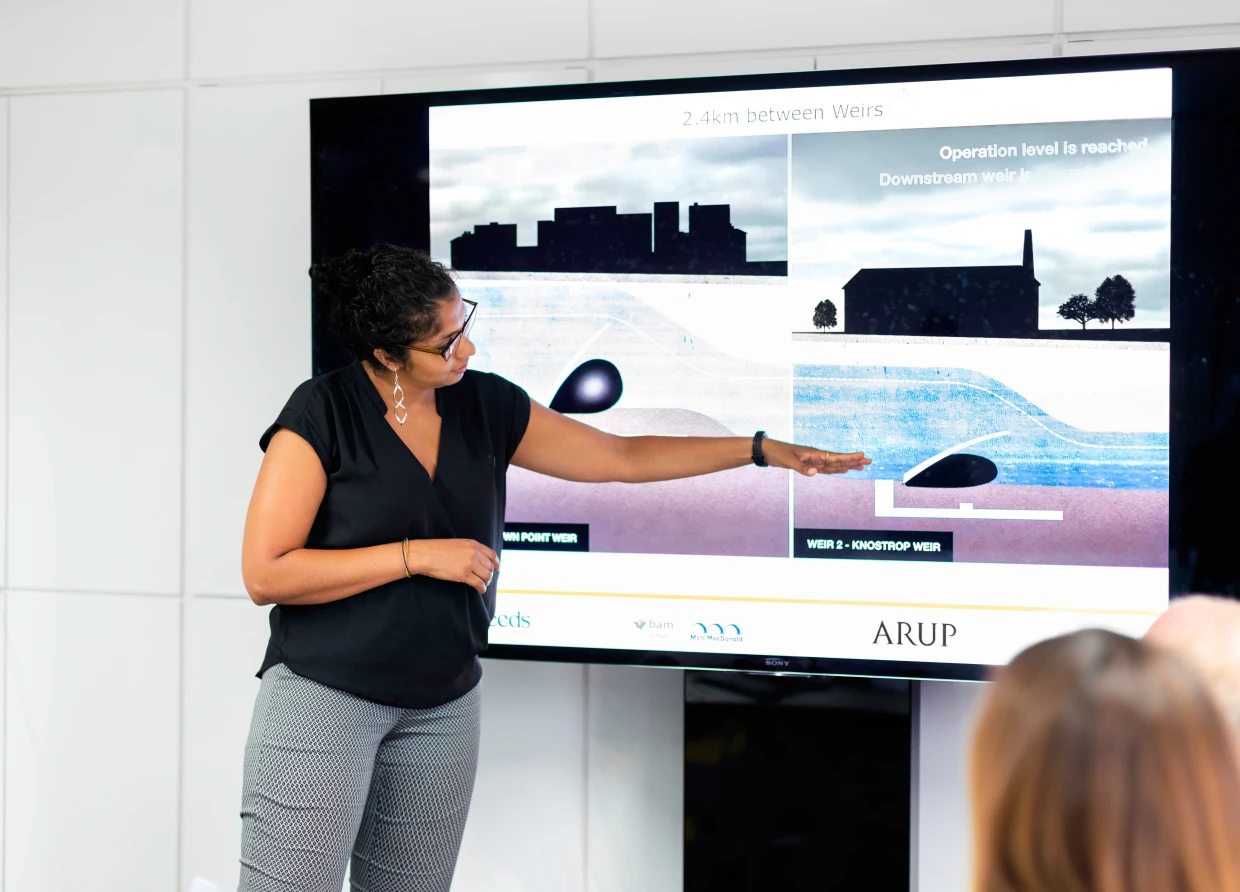HOW TO PRESENT TO TOP EXECUTIVES
Presenting to senior executives is a golden chance that might be simultaneously intimidating. We provide you with three tips on how to overcome it.

You'll be asked to give several presentations as your project management career progresses. However, presentations to top executives can differ significantly from presentations to peers.
Depending on your business, the level of formality may vary, but the focus and needs of those in the C-suite are usually the same, and they are considerably different from those at the individual contributor or manager level.
The C-suite refers to executives with titles beginning with the letter "C", such as CEO, COO, CFO, and others. Your company's top executives are the Board of Directors.
Preparation, practice, and confidence are all required when presenting to a senior management team.
The importance you are given by senior management and the board of directors is directly proportional to your ability to present. When you're giving a presentation to a group of top executives, you'll need to elevate your game since it's an opportunity to show that you're informed about your topic and that you're aware of your recommendations' impact on the company's bottom line.
How to present to senior executives?

- Know your attendee
It would be best if you had a good notion of who will be on the executive team you'll be presenting to, as well as a general understanding of their leadership style. Try to learn as much as you can about their project and presentation requirements, as they are sure to be sky-high.
Do they prefer PowerPoint or incredibly visual presentations with brightly-colored slides, music, and advanced graphics? Will they interrupt you five minutes into your presentation with a barrage of questions? What are their pet peeves?
Learn about the senior management team's specific perspectives on the problem at hand, and assess whether your proposals would put anyone in jeopardy. This will also help you to anticipate upcoming questions they have.

- Be concise
If you've been crammed into an executive session's agenda, you won't have as much time. You must get straight to the point as soon as feasible.
Instead of starting with stories, get right to the point. Start with what you require of them. Utilize a summary slide to summarize everything you've said in your presentation, and then use the remainder of it to back it up.
You want to get your peers involved in the project's "Why." Assist them in comprehending the advantages so that you may gain their buy-in and support. Speak from a position that they can understand.

- Pay attention to your flow
The order of your presentation should be sensible. Set the stage for the audience and expand on the material if you're giving a presentation about a new software product.
If you're proposing further process modifications that others must embrace, tell a story about the current issues you're facing and how you went about developing the process to acquire the proper inputs for the changes. Then you might inform others about the improvements and how they will benefit them. You could go ahead and implement the rollout/adoption strategy.
Make sure your presentation has a smooth flow.
#THE S MEDIA #Media Milenial #Tips #Presentation #Top Executives #C-Suite


























